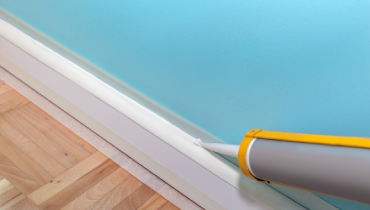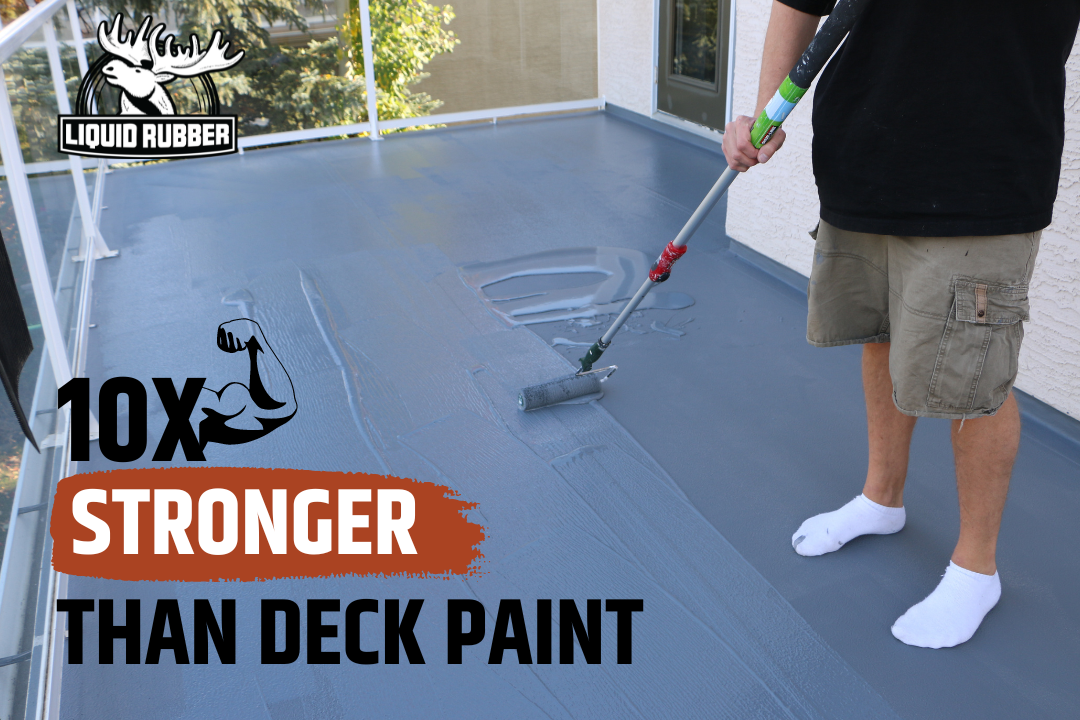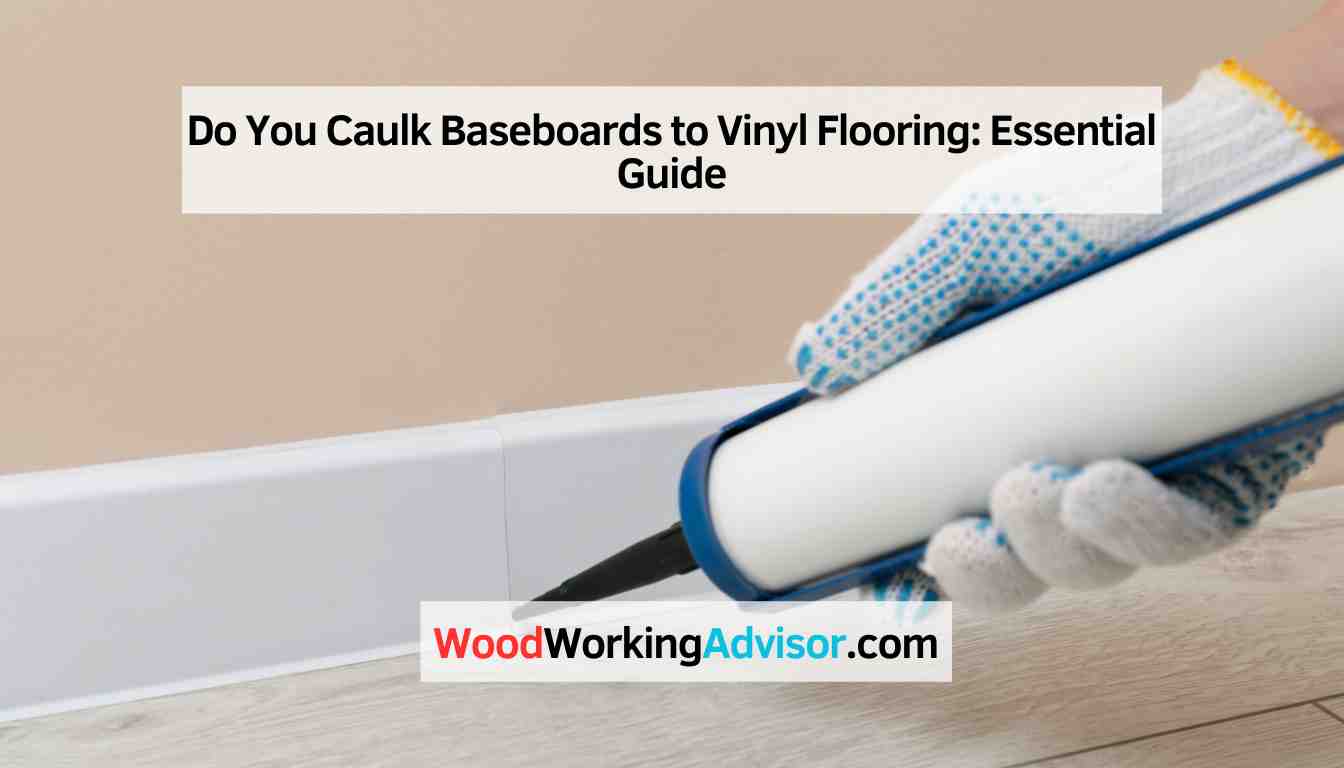Yes, you should caulk baseboards to vinyl flooring. Caulking between the baseboard and vinyl flooring helps to create a seamless, finished look and prevents any gaps or spaces that can accumulate dirt and debris.
It also acts as a barrier against moisture and protects the edges of the flooring from potential damage.

Credit: www.mrhandyman.com
The Importance Of Caulking Baseboards To Vinyl Flooring
When it comes to installing vinyl flooring, caulking the baseboards is an important step that should not be overlooked. Caulking the baseboards to the vinyl flooring serves multiple purposes and offers several benefits. It helps prevent water damage, improves the aesthetics and finish of the flooring, and ensures easy maintenance and cleanliness. In this blog post, we will explore the importance of caulking baseboards to vinyl flooring in more detail.
Preventing Water Damage
Caulking the baseboards to vinyl flooring is crucial for preventing water damage. Vinyl flooring is generally water-resistant, but it is not completely waterproof. It is possible for water to seep through the gaps between the baseboards and the flooring, especially in high-moisture areas such as bathrooms or kitchens. By caulking these gaps, you create a watertight seal that prevents water from reaching the subfloor and causing damage.
Aesthetics And Finish
Caulking the baseboards to vinyl flooring also improves the overall aesthetics and finish of the flooring. When there are visible gaps between the baseboards and the flooring, it can create an unfinished and unappealing look. By caulking these gaps, you achieve a seamless and polished appearance, giving the flooring a professional and finished look. The caulk also helps to cover up any imperfections or unevenness in the installation, creating a smoother and more visually pleasing surface.
Maintaining Cleanliness
In addition to preventing water damage and enhancing the visual appeal, caulking the baseboards to vinyl flooring also helps with maintaining cleanliness. When there are gaps between the baseboards and the flooring, dust, dirt, and other debris can accumulate in these spaces, making it difficult to clean effectively. By caulking these gaps, you create a barrier that prevents the accumulation of dirt and debris, making it easier to keep the flooring clean and free from any unsightly buildup.
When To Caulk And When Not To Caulk
When it comes to installing vinyl flooring, caulking between the baseboards and the flooring is a common practice. However, there are certain instances where caulking may not be necessary or even recommended. Understanding when to caulk and when not to caulk is crucial to ensure a proper and long-lasting flooring installation.
Understanding Expansion Gaps
One important factor to consider when deciding whether to caulk between baseboards and vinyl flooring is the presence of expansion gaps. Expansion gaps are crucial in vinyl flooring installations as they allow the flooring to expand and contract with temperature and humidity changes. These gaps prevent buckling or warping of the flooring and ensure its longevity. Therefore, it is essential to leave a small gap, usually around 1/4 inch, between the baseboards and the flooring to accommodate these expansion movements.
Impact On Flooring Installation
Caulking between the baseboards and vinyl flooring can have both positive and negative impacts on the flooring installation. On one hand, caulking can provide a finished and seamless appearance by filling in any visible gaps or cracks. It can also help prevent dust, dirt, and moisture from getting trapped in between the baseboards and the flooring, promoting a cleaner and more hygienic environment.
On the other hand, excessive caulking or improper application can pose problems. If caulking is done without leaving an adequate expansion gap, it can restrict the natural movement of the flooring and lead to buckling or warping over time. Additionally, if low-quality or non-flexible caulking materials are used, they may crack or peel, compromising the integrity of the flooring installation.
Considerations For Different Flooring Types
When deciding whether to caulk between baseboards and vinyl flooring, it is important to consider the specific type of flooring being installed. While vinyl flooring is relatively resistant to moisture and water, other flooring types, such as wood or laminate, may require more caution.
For vinyl flooring, it is generally recommended to leave a small expansion gap and then caulk it with a flexible silicone caulking material. This ensures that the gap is adequately filled while still allowing for the necessary movement of the flooring. However, for wood or laminate flooring, caulking may not be necessary as these materials require expansion gaps to a greater extent.
Ultimately, the decision to caulk or not to caulk between baseboards and vinyl flooring depends on various factors, including the type of flooring, the presence of expansion gaps, and personal preference. Consulting with a flooring professional can provide valuable guidance in making the right choice for your specific installation.
Choosing The Right Caulk For Vinyl Flooring
When installing vinyl flooring, it’s essential to ensure a proper seal between the baseboards and the flooring to prevent moisture and debris from seeping underneath. Caulking is crucial for achieving this seal, and choosing the right type of caulk is equally important. Here, we’ll explore the key factors to consider when selecting caulking products for your vinyl flooring installation.
Flexible And Durable Options
When it comes to caulking around vinyl flooring, opting for flexible and durable caulk is imperative. Vinyl flooring is known for its ability to expand and contract due to temperature and humidity changes. Therefore, the caulk you choose should be able to withstand this movement without cracking or breaking. Look for silicone-based or acrylic latex caulks specifically designed for use with vinyl flooring.
Color Matching And Aesthetics
Color matching the caulk to your vinyl flooring is essential for achieving a seamless and cohesive look. Many manufacturers offer a wide range of colors to match various vinyl flooring options, enabling you to find a caulk that seamlessly blends with the flooring. This ensures that the caulking doesn’t detract from the overall aesthetics of the room.
Caulking Techniques For Baseboards And Vinyl Flooring
Proper caulking between baseboards and vinyl flooring is essential for a seamless finish. Here are the essential techniques:
Preparing The Surface
Before caulking, ensure the area is clean and dry. Remove any dust or debris from the baseboard and flooring.
Application And Removal
Apply caulk along the joint between the baseboard and the vinyl flooring using a caulk gun. Smooth the caulk with a wet finger and wipe off any excess with a damp cloth.
Ensuring A Professional Finish
To achieve a professional finish, choose a caulk color that matches the baseboard or the vinyl flooring for a seamless look.
Expert Recommendations And Faqs
Incorporating proper caulk to seal the gaps between baseboards and vinyl flooring is advisable. Using a caulk with stretching capabilities is ideal for filling the gaps, ensuring a seamless finish while allowing for the necessary expansion and contraction movements of the floor.
Additionally, leaving a ¼” gap between the baseboard and the flooring is recommended to accommodate potential future expansion.
Recommended Gap Sizes
To ensure proper installation without buckling issues, it’s ideal to leave a ¼” gap between baseboards and vinyl flooring. This allowance accommodates expansion and prevents warping over time.
Specific Scenarios And Solutions
In the event of uneven baseboards, use quarter-round pieces to close gaps effectively. For baseboards touching vinyl flooring, maintain a gap for long-term durability.
Common Diy Caulking Mistakes
When caulking, avoid overfilling gaps and always match the caulk color to the flooring for a seamless finish.
Remember: Proper caulking between baseboards and vinyl flooring is crucial for aesthetics and longevity of the installation.

Credit: shopliquidrubber.com
Frequently Asked Questions For Do You Caulk Baseboards To Vinyl Flooring
Should You Caulk Between Baseboard And Vinyl Plank Flooring?
Yes, you should caulk between the baseboard and vinyl plank flooring. It is recommended to use a caulk that can stretch to fill any gaps, typically around ⅛ inch or more. This helps to create a seamless and finished look while also preventing dirt and debris from getting trapped in the gaps.
How Do You Fill A Gap Between Baseboard And Vinyl Flooring?
To fill the gap between the baseboard and vinyl flooring, use a caulk that can stretch. Leave a ¼” gap between the baseboard and flooring for future expansion. You can cover up the gap with quarter-round pieces in a matching color.
Ensure the vinyl flooring lays flat before caulking.
Should Vinyl Flooring Be Caulked?
Yes, vinyl flooring should be caulked to fill gaps and provide a seamless finish. Use a flexible silicone caulk to accommodate expansion and ensure a smooth installation. This helps maintain the flatness of the floor and provides a polished look.
Should Baseboards Touch Vinyl Plank Flooring?
Yes, baseboards should not touch vinyl plank flooring. Leave a ¼” gap between them for expansion. Fill the gap with quarter-round pieces in a matching color. Remember to caulk using a flexible material to accommodate movement.
Conclusion
Caulking baseboards to vinyl flooring is a crucial step to ensuring a seamless and polished look. It helps to prevent moisture and debris from seeping underneath, while also enhancing the overall aesthetic. Remember to choose a flexible caulk and maintain a small gap to accommodate any future expansion.
Properly caulking baseboards adds a professional touch to your flooring installation.


